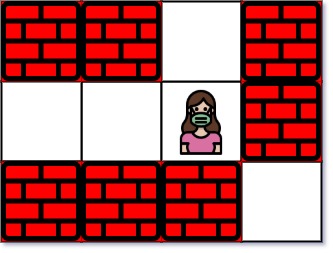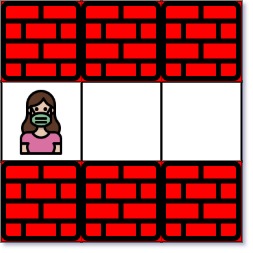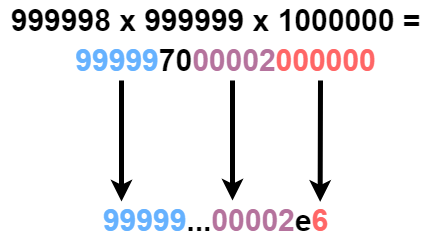Given a string s, return the number of unique palindromes of length three that are a subsequence of s.
Note that even if there are multiple ways to obtain the same subsequence, it is still only counted once.
A palindrome is a string that reads the same forwards and backwards.
A subsequence of a string is a new string generated from the original string with some characters (can be none) deleted without changing the relative order of the remaining characters.
- For example,
"ace"is a subsequence of"abcde".
Example 1:
Input: s = "aabca" Output: 3 Explanation: The 3 palindromic subsequences of length 3 are: - "aba" (subsequence of "aabca") - "aaa" (subsequence of "aabca") - "aca" (subsequence of "aabca")
Example 2:
Input: s = "adc" Output: 0 Explanation: There are no palindromic subsequences of length 3 in "adc".
Example 3:
Input: s = "bbcbaba" Output: 4 Explanation: The 4 palindromic subsequences of length 3 are: - "bbb" (subsequence of "bbcbaba") - "bcb" (subsequence of "bbcbaba") - "bab" (subsequence of "bbcbaba") - "aba" (subsequence of "bbcbaba")
Constraints:
3 <= s.length <= 105sconsists of only lowercase English letters.
Solution: Enumerate first character of a palindrome
For a length 3 palindrome, we just need to enumerate the first character c.
We found the first and last occurrence of c in original string and scan the middle part to see how many unique characters there.
e.g. aabca
Enumerate from a to z, looking for a*a, b*b, …, z*z.
For a*a, aabca, we found first and last a, in between is abc, which has 3 unique letters.
We can use a hastable or a bitset to track unique letters.
Time complexity: O(26*n)
Space complexity: O(1)
C++
|
1 2 3 4 5 6 7 8 9 10 11 12 13 14 15 16 17 18 19 |
// Author: Huahua class Solution { public: int countPalindromicSubsequence(string s) { auto count = [&](char c) -> int { int l = s.find_first_of(c); int r = s.find_last_of(c); if (l == string::npos || r == string::npos) return 0; bitset<26> m; for (int i = l + 1; i < r; ++i) m.set(s[i] - 'a'); return m.count(); }; int ans = 0; for (char c = 'a'; c <= 'z'; ++c) ans += count(c); return ans; } }; |



